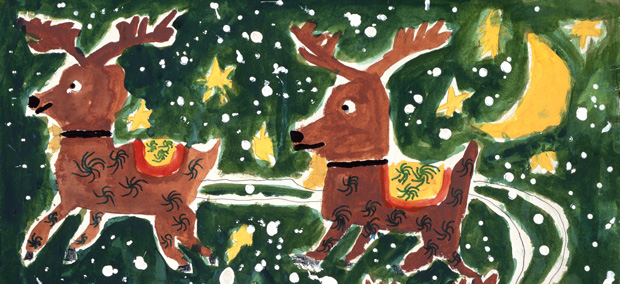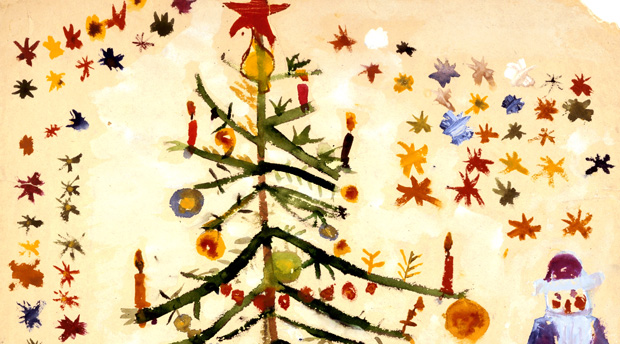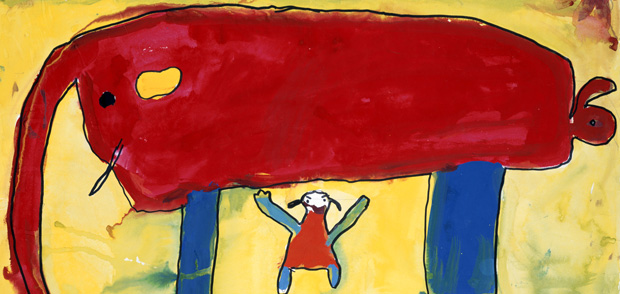by Danielle Rippingale
The end-of-year celebrations are upon us, and Christmas is just around the corner. It is a wonderful time of year, a time when we say sayonara to the past and look forward to the year ahead. During this festive season, take a step back and reflect on what this time of year means to you and rethink spending for spending’s sake.
The cycle of consumption seems harmless enough, but with the proliferation of cheap goods in the marketplace it is good to be reminded of the hidden cost of inexpensive goods—a cost of which we are often unaware, and certainly not paying at the cash register. Everyone loves a bargain, but cheap goods are cheap for a reason. The materials and labor are cheap, meaning the health, ethical and environmental costs are high. We vote every time we spend, and investing in quality, durable goods is one way we can minimize our impact on the earth and the human community.
To illustrate, let’s consider the news coverage over the past few years about toxic lead paint in children’s toys. These often cheap toys come with a high cost to the health of our children, not to mention the workers (including children) that handle these toys for poor wages and in conditions that are often unsafe and toxic.
Furthermore, by virtue of their low cost, cheap goods have no lasting meaning or value, and are readily disposable. It is easy to spend money on numerous items at a ¥100 store or other discount retailers, yet no tears will be shed if these goods are lost, broken or lose favor in a short time. On the other hand, the thought and consideration given to high quality purchases can actually save you money by encouraging fewer quality purchases rather than many cheap disposable ones.
When we consider the life cycle of a product, the environmental cost of cheap goods is undeniably high. From the extraction of elements needed to make goods through to their disposal, we see habitat destruction, air and groundwater pollution, and overflowing contaminated landfills. These processes threaten the health of communities where toxic extraction, manufacturing practices and disposal take place.
When purchasing, consider the products’ life cycle, quality, durability, recycled content, compostability, social and economic sustainability, and timelessness. Be creative and inspired by giving quality gifts, but remember that the time you spend with loved ones is the best present you can give.
Gifts with heart: Give to a local charity in your recipient’s name.
With the aim of promoting peace and environmental conservation, Kids Earth Fund uses the medium of children’s art to raise money for children throughout the world who suffer from the effects of war, poverty and environmental contamination. You can support through donation or purchasing gift items from the online store at www.kidsearthfund.jp/en.
Since 2000, Kokkyo Naki Kodomotachi (Children Without Borders) has provided support to disadvantaged children and adolescents throughout Asia by providing shelter, food, clothing and educational opportunities. To donate visit www.knk-network.org.
Finally, when wrapping presents try to reduce what you use, or better yet, use reusable options like Japan’s own furoshiki cloths (http://furoshiki.com) or use creative storage containers. And when the presents are unwrapped and you are left looking at a mountain of wrapping paper, celebrate the culture of Japan by cutting the paper into six-inch squares and creating that origami zoo that you’ve been dying to make since moving to Tokyo!
Green Glossary
Zenta Claus: The Japanese Buy Nothing Day Santa. This global movement started in 1992 in Vancouver, Canada and is celebrated at the end of November in 62 countries to draw attention to the social, economic, environmental and psychological effects of over-consumption (www.bndjapan.org and www.adbusters.org/campaigns/bnd).
Photo credits:
Photos courtesy of Kids Earth Fund











